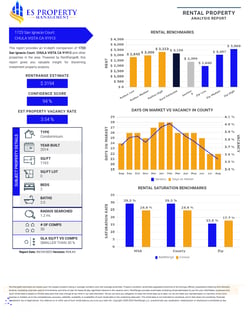Understanding Property Rental Rates

When it comes to property rental rates, it's essential to understand the factors that influence them and stay informed about rental rate trends in the market. This knowledge will empower you to make informed decisions about pricing your rental property, rent increases or decreases, and maximize your rental income.
Factors that Influence Rental Rates
Several factors come into play when determining the monthly rent amount for a property. These factors can vary depending on the location, type of property, and local market conditions.
The location of a property plays a significant role in determining its rental value. Properties in desirable neighborhoods with access to amenities like schools, shopping centers, and transportation tend to command higher rental rates.
On the other hand, properties in less desirable areas may have to lower monthly rent amounts.
The size and features of a property also impact its rental rate. More significant properties with more bedrooms, bathrooms, and living space generally have higher rental rates compared to smaller properties.
Additionally, properties with attractive features like updated kitchens, modern appliances, and in-demand amenities such as swimming pools or gyms can justify a higher rental price.
Property Condition
The condition of a property can influence its rental rate. Well-maintained properties that are clean, in good repair, and have updated finishes often command higher rental rates. Tenants are willing to pay more for properties that provide a comfortable and aesthetically pleasing living environment.
Market Demand
The level of demand for rental properties in a specific area can impact rental rates. In a competitive rental market with high demand and low supply, landlords can set higher rental rates.
Conversely, in a market with low demand and excess inventory, landlords may need to lower rental rates to attract tenants.







